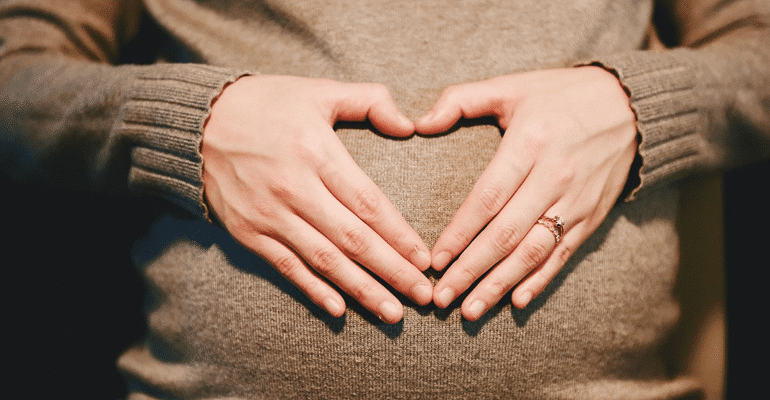The birth of a child is the single most special event a woman can witness in her entire life. It is a monumental feat, and there is nothing more exciting than bringing a baby into this world. However, rewind the nine months before delivery – the pregnancy period is filled with planning. Since every woman is different, so are their pregnancies. One of the most important choices a pregnant woman has to make is the delivery method of her baby.

Yes, there are many baby delivery methods. Thanks to the advent in medical sciences, multiple methods have been formulated over the years to increase the success rate and minimize complications or risks.
Here are some baby delivery methods that every pregnant woman must know of:
1. Vaginal Delivery
Vaginal delivery is the most common method of baby delivery. When a baby is delivered through the birth canal (vaginally), it is known as vaginal delivery. Pain medications or epidurals may or may not assist a vaginal delivery. Also, presuming the exact time of birth is typically not possible; however, most births tend to happen between 38-41 weeks of pregnancy.
Doctors advise that women who are healthy enough to undergo vaginal delivery should avoid C-section unless there is a medical condition. Furthermore, women planning to have multiple children should choose vaginal birth.
Vaginal delivery has many benefits, including:
- Quicker recovery
- Shorter hospital stays
- Lower rate of infection
- Babies born through vaginal delivery have a lower risk of respiratory problems, such as TTN (transient tachypnea of the neonate)
- Sense of accomplishment and empowerment
2. Natural Childbirth
Natural childbirth is similar to vaginal birth, except it is performed without medication or invasive therapies. It is often a personal choice of the mother to deliver the baby naturally, and it requires utmost dedication throughout the process.
The woman undergoing natural childbirth can choose to go to the hospital or stay at home with a midwife to deliver the baby. However, preparations must be done before baby delivery. Specific exercises are to be done on a regular basis that will further assist in a natural delivery.
3. Cesarean Section (C-Section)
Not everything in life goes as planned, including the birth of a child. Complications during pregnancy or childbirth are more common than they seem. C-Section is a highly common method of child delivery. It is done by performing a surgical incision in the mother’s abdomen and uterus to remove the baby. This specific cut is called C-section, hence the name of the delivery method.
There are specific circumstances when a C-section delivery is necessary, and it is typically scheduled in advance. Here are certain events that may require a C-section, including:
- During the delivery of a large baby
- Multiple twins (twins or triplets)
- Baby is in transverse or breech position
- Fibroids or other obstructions
- Previous C-Section
- Placenta previa
A sonography or ultrasound test typically reveals any such complications.
4. Vaginal Birth after Cesarean (VBAC)
Previously, women who underwent C-section delivery for their first baby could not undergo a vaginal delivery for their second baby. However, today, a vaginal delivery is possible after a C-section thanks to the advent in medical sciences.
VBAC is not right for everyone and doctors will thoroughly assess the woman before recommending. There may be cases where an emergency C-section may need to be performed.
5. Forceps Delivery
It is an uncommon type of operative vaginal delivery. It is carried out when the baby cannot emerge out of the birth canal. This circumstance can occur because of some reasons including small obstructions, a woman losing consciousness or tiredness. In forceps delivery, the doctor applies forceps (shaped like salad tongs or a pair of large spoons) to the baby’s head and guides through the birth canal.
6. Vacuum Extraction
Vacuum extraction is another baby delivery process used during vaginal childbirth. It is done when the baby stops moving through the birth canal. A specialized vacuum pump with a soft or rigid cup is placed on the baby’s head that helps the baby emerge out from the birth canal.
Conclusion
Every baby delivery method mentioned above has its own pros and cons. A mother is free to choose the way she wants to deliver her baby. However, if she’s healthy, vaginal birth is recommended by the doctors for many reasons. In short, if the doctor prescribes a particular type of delivery, it is best to go with that to avoid any complications. For more information regarding baby delivery and pregnancy, you can visit digital platforms like Momspresso where thousands of mothers share their journey from pregnancy to choosing the type of baby delivery.

